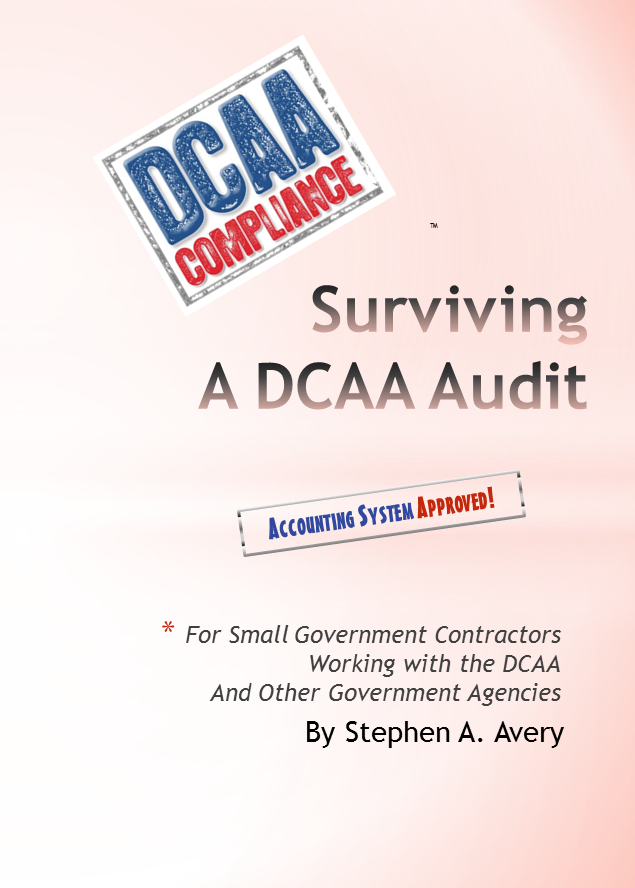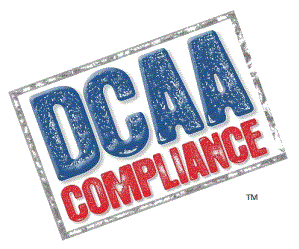Do you really need this pool?
One common headache small business contractors create for themselves is adopting too many pools. Some of this confusion arises out of the fact that contractors

and DCAA often look at overhead differently. Many contractors see overhead as anything that is not direct (with the possible exception of Fringe Benefits) while DCAA looks at overhead as a specific type of indirect pool normally associated with different locations or company divisions.
Keep it simple, many contractors operate with a single indirect pool and many others with two pools – Fringe Benefits (over labor) and G&A (TCI).
Excerpt from Surviving a DCAA Audit
Many small business contractors definition of overhead grew out of their previous work with larger contractors with more complicated cost structures. Their past employers worked with multiple overhead pools based on location, labor types, or other concepts. The majority of the small business owners tend to look at overhead as all inclusive – all indirect costs.
And they are not wrong. This is the traditional definition of overhead created over the centuries as cost accounting developed. Traditionally, overhead was a cost that could not be directly charged to the job or customer. QuickBooks’® design incorporates some of this traditional cost thinking.
Over time, cost accountants started separating out Selling and Administrative costs (later Selling and/or General & Administrative costs) as an evolution of variable and fixed cost accounting. A final natural separation was the indirect costs associated with labor called Fringe Benefits or Labor Burden.
It is also important to remember that cost accounting evolved in a world of manual accounting aided by mechanical accounting machines and adding machines. I worked with one client several years ago who utilized the improvements in technology to allocate the actual fringe benefit costs to each employee. I pointed out that the cost benefits were not clear and that the principals might not wish their individual fringe benefits subject to easy government review. I informed her about a DCAA auditor attempting to disallow relocation expenses as unreasonable based on his standards as a government employee. Today, I would also point out the evolution of the Supplemental Schedule B on DCAA’s model ICE.
We see that a contractor’s view of overhead evolved over time out of the idea of direct costs plus overhead. In this same way that many small business contractors come out of direct positions and now need to understand and manage overhead costs.
DCAA, the FAR, and the Cost Accounting Standards (CAS) came late to the party and take a more holistic view of the issue. They began with a world of direct, overhead, and administrative costs.
Actually, one can argue that DCAA’s journey into cost accounting arose in out of the opposite path of the typical small business contractor. DCAA’s thinking evolved out of a need to check and audit indirect costs primarily and direct costs secondary. DCAA is indirect first and direct second. Small business contractors are direct first and indirect second.
And where the wires typically cross between DCAA and the small business contractor is in the middle: at Overhead. Both approach it from different angles and miscommunication is common.
This is one area where DCAA enjoys a better academic understanding of overhead and where the contractor’s lack of precision often leads to mistakes and confusion.
Let’s us end this section with one critical definition from DCAA’s viewpoint that small business contractor’s often trip over:
Overhead, if it exists, is an intermediate allocation. To simplify, overhead stands between direct costs and general administrative costs. If Overhead is not an intermediate allocation, DCAA will argue there is no overhead, only G&A (general and administrative).
From a historical point, DCAA is wrong. Historically, overhead can serve as a final allocation, but most DCAA auditors are not trained and do not see it this way. Most important, from a practical modern view of government cost accounting compliance, DCAA’s position is supportable and preferred.
Small business contractors need to start separating overhead and G&A in their thinking. Not simply because DCAA prefers it that way but because, as their business grows, it will help them control their cost structure and their costs. Understanding overhead as an intermediate allocation is critical to managing overhead pools, costs and profits.
I deal with clients all the time who create complicated overhead structures that they never seem to be able to articulate their thinking on. They create various overhead pools that allocate over labor, total cost input, direct labor hours, machine hours, square footage: often without the ability to articulate why they need all of these pools and allocation methods. I personally believe the ability to articulate why you allocate costs in a certain manner is critical to both understanding and managing your costs.
